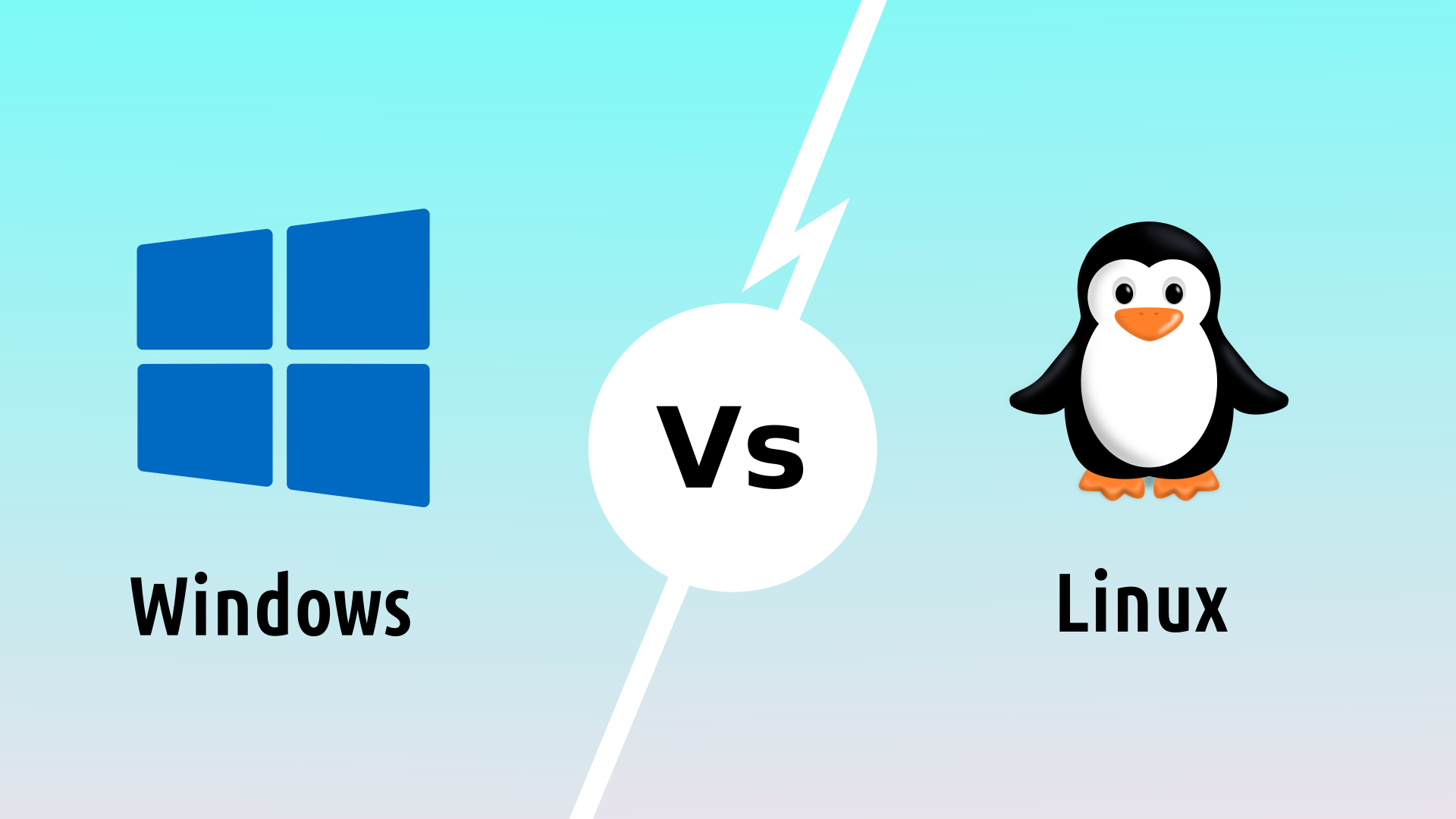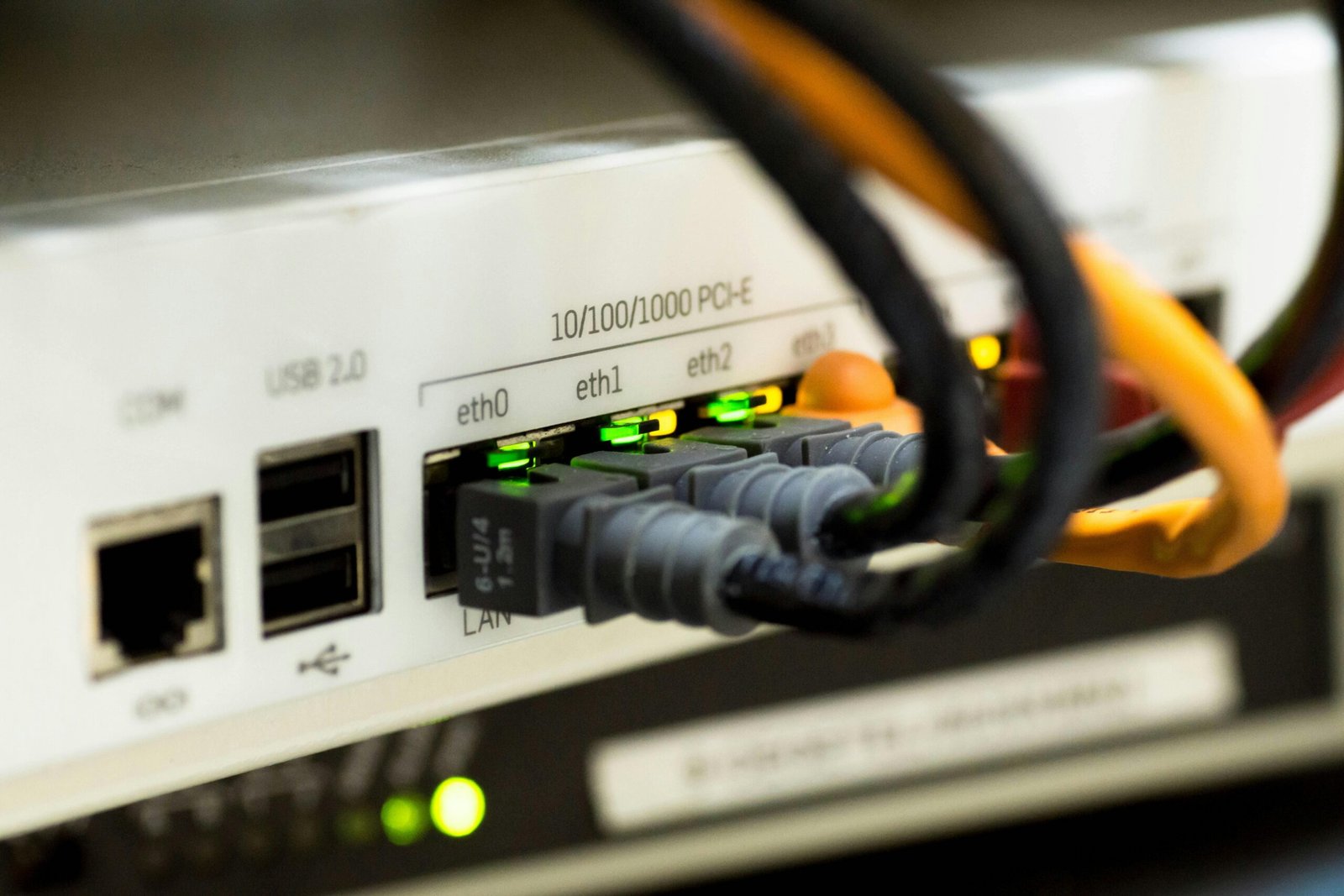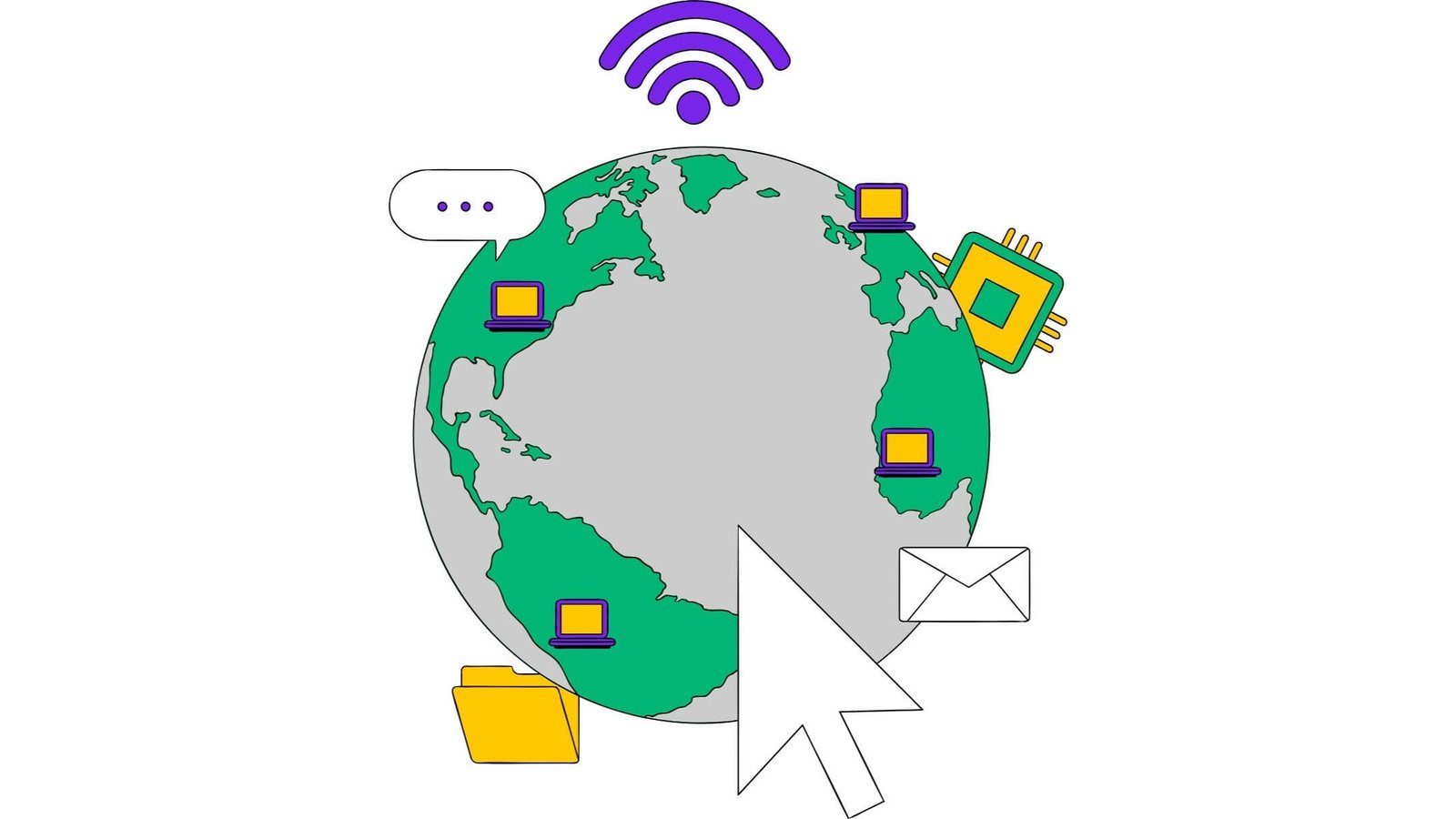Windows vs. Linux: Which Is the Safer Operating System?
Linux is generally considered more secure than Windows, but both have strengths and weaknesses depending on usage and configuration.
Why Linux Is Often Seen as More Secure?
User Permissions: Linux enforces strict user privilege separation, making it harder for malware or unauthorized users to gain system-wide control. Most users operate with limited permissions, and administrative (root) access is tightly controlled.
Open-Source Transparency: The open-source nature of Linux allows a global community to scrutinize, identify, and quickly fix security vulnerabilities.
Lower Malware Targeting: Linux’s smaller desktop market share means it’s less frequently targeted by malware, though this is changing as its popularity rises.
Customizability and Security Tools: Linux offers robust security tools (like SELinux and AppArmor) and allows users to tailor security settings to their needs.
Windows Security Features
Integrated Security Tools: Modern Windows versions include built-in protections like Windows Defender, SmartScreen, and BitLocker for encryption.
Frequent Updates: Microsoft regularly issues security patches and updates, responding to new threats as they arise.
Enterprise Security: Windows offers comprehensive security solutions for enterprise environments, balancing security with usability.
Key Differences between Windows and Linux
| Feature | Linux | Windows |
|——————————|————————————————–|—————————————–|
| User Permissions | Strict, least-privilege by default | Historically more permissive, improved with UAC |
| Malware Targeting | Less targeted (historically) | Most targeted OS globally |
| Open Source | Yes, code is publicly reviewed | Proprietary, closed source |
| Security Tools | SELinux, AppArmor, customizable | Windows Defender, BitLocker, SmartScreen|
| Update Mechanism | Varies by distribution, often user-controlled | Centralized, automatic updates |
Expert Consensus
Linux is widely regarded as more secure by design, especially for users with technical knowledge or those managing servers and critical systems.
Windows, while historically more vulnerable due to its popularity and legacy design, has made significant security improvements and is suitable for general and enterprise use with proper configuration and security practices.
General expert consensus says that Linux is the most secure OS by design, an impressive feat that can be attributed to its variety of characteristics.
In summary:
Linux is typically safer out of the box, especially for technical users or server environments, due to its permission model and open-source scrutiny. Windows has improved greatly and can be secure, but its large user base makes it a more frequent target for attacks, requiring diligent security practices and regular updates.


